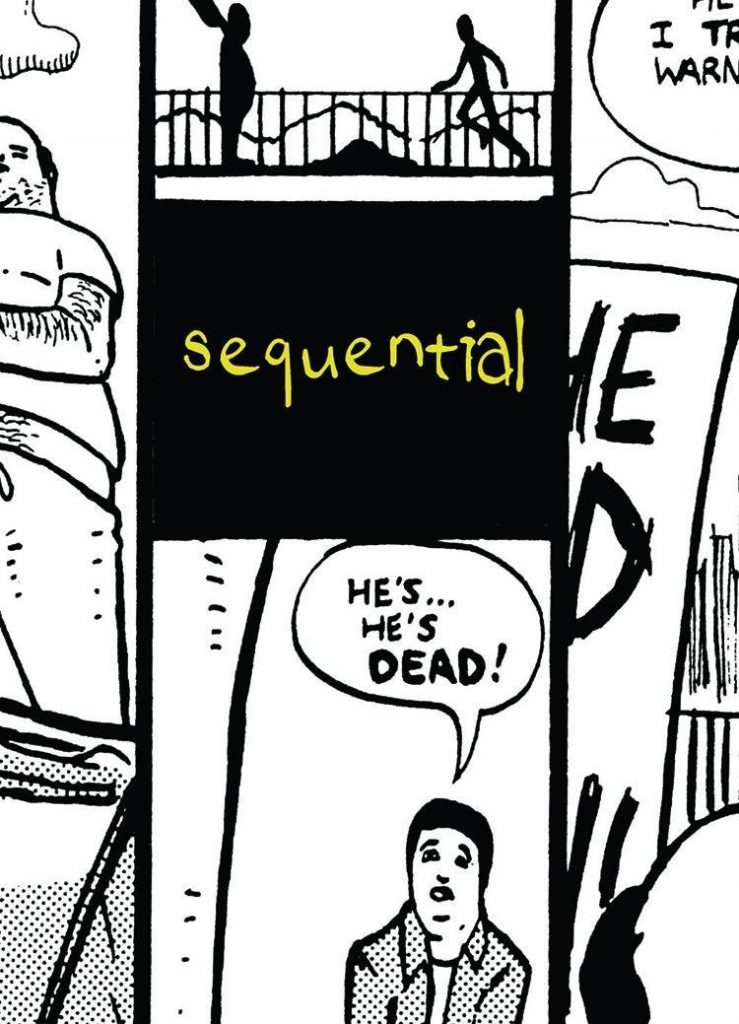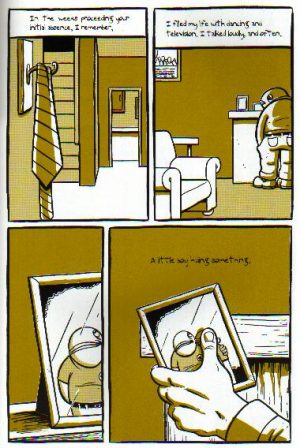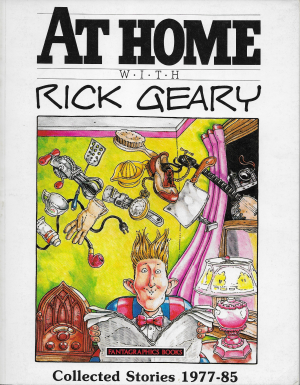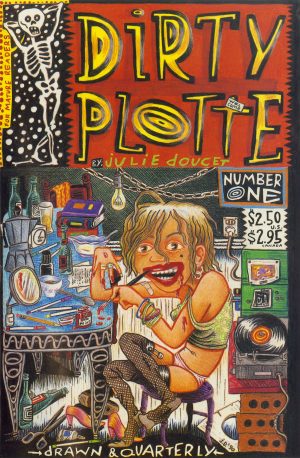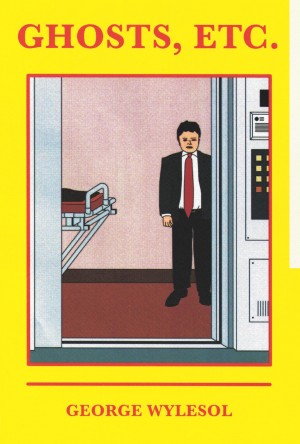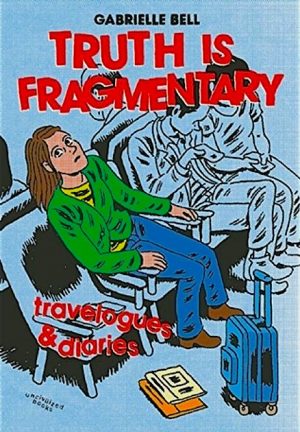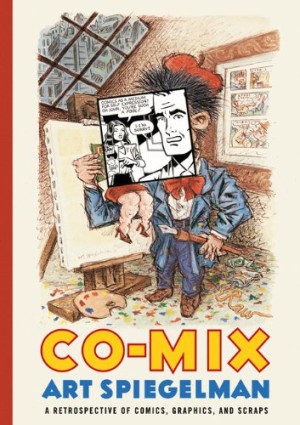Review by Graham Johnstone
By the start of the 2020s, Paul Hornschemeier was the acclaimed creator of playfully experimental comics anthology Forlorn Funnies (collected as Let Us Be Perfectly Clear), literary graphic novel Life with Mr. Dangerous, and the multi-stranded narrative and philosophical conundrum The Three Paradoxes. On top of that, he’s also an animator, an award winning illustrator, and the writer/director of a number of short films. So, he’s someone whose early work deserves to be seen.
Sequential was his personal anthology zine. He published seven issues between 1999 and 2001, when he was still in his early twenties, all collected in this substantial hardback from 2004, the same year his graphic novel debut Mother Come Home was published.
The author’s illuminating introduction outlines the circumstances in which Sequential was originally created. It’s frank and entertaining, and emphasises the mixture of love of the medium, monastic devotion, luck and opportunism, that brought the zine into being. The first run of 35 copies was paid for by a voucher found on a copy shop floor. A quick flick through the 250 pages confirms Hornschemeier’s development as an artist over the two years (minus time spent studying, working three jobs, and possibly sleeping).
Issues 1 to 3, were photocopied in tiny editions, but that’s no measure of artistry as the same is true of Eddie Campbell, whose small press creations still impress. Hornschemeier seems to draw on some of the same zine traditions – black and white art with mechanical tones, though his tone application is thoroughly functional, compared to Campbell’s set-free-of-the-outlines Zip-a-tone symphonies.
The first story, involves an axeman dismembering a body. It’s overdramatic comics fare, but details of the character’s thoughts, both poetic and mundane, elevate it. It’s clear Hornschemeier has a grasp of comics storytelling, though there are both image and continuity gaps, that leave the reader puzzled, and unlike his later books, not in a good way. Still, as a first story in two small pages, it’s extremely promising.
After this, there’s the Pekaresque ‘This Actually Happened.’ More interesting again, is a life compressed into a single 15 panel page. This predates Chris Ware’s Lint, though here it’s a generic school-college-office drudgery-care home trajectory: a missed opportunity for inventing individual quirks. Elsewhere we see early hints of his self-referential meta-fictions. Subsequent issues continue with vignettes of a few pages, ranging from observational, blackly comedic, philosophical, and satirical, showing he always had impressive range.
The early art is at first painfully mannered, based on other comics, rather than observation of people and environments. However, his use of dip pens adds character and energy. He plays with page layouts, mostly effectively, but with one admirably bold, yet unsuccessful, experiment. The art’s generally upward trajectory has definite peaks and troughs, though, and his cartooning is more convincing than his attempts at realism, where dreary hatching fails to disguise lack of skill.
By issues 4 and 5, he’s far more confident, with impressive pen work, some longer stories, and dizzying levels of invention with well-developed characters like Fishtank, and The Catalyst earn two short outings each. He peaks on these dense, ironic shorts, before attempting longer stories, less successfully. The ponderous musings of ‘Ex Falso Quadlibet’ (pictured) prove, as the Latin says, ‘a false proposition’. ‘The Suppression of William T. Andrews’ – (i.e. his sexual orientation), is laudable in intent, but progresses from clumsily didactic, to cringemakingly faux-poetic. Hornschemeier is better with irony.
This complete collection captures Hornschemeier’s faltering ascent to his mature depth and versatility. The volume’s completeness is laudable, though a slimmer ‘Best of’ would achieve a higher star rating.
